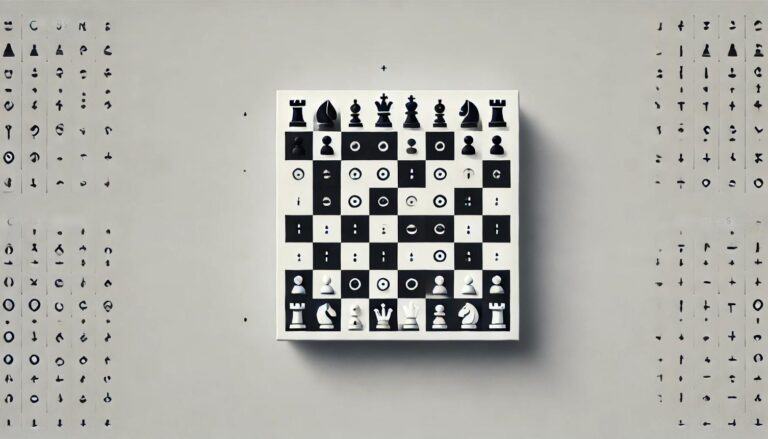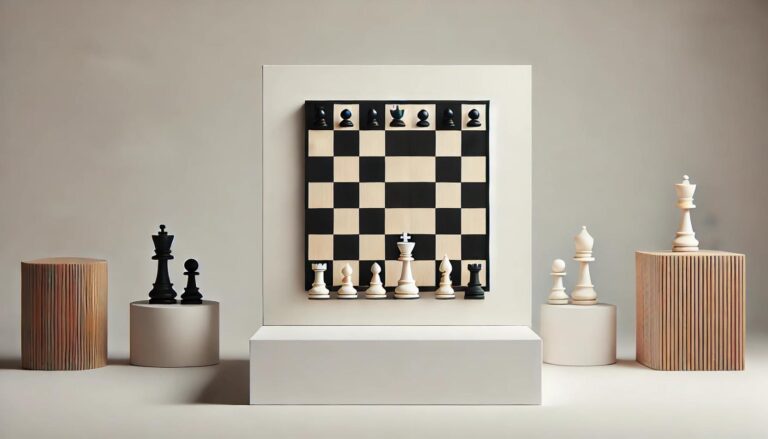Section 1: Introduction to the Scotch Game
The Scotch Game is a popular opening in chess that begins with the moves 1.e4 e5 2.Nf3 Nc6 3.d4. It is named after the famous 19th century chess player John Cochrane, who was from Scotland. The Scotch Game is an aggressive opening that often leads to open positions and dynamic play. It is a favorite of many top-level players, including Garry Kasparov and Boris Spassky.
One of the main reasons for the popularity of the Scotch Game is that it allows for an early exchange of pawns in the center, opening up the position and giving both players a chance to fight for control. This makes it a highly tactical opening, where good preparation and accurate calculation are crucial for success. In this guide, we will explore some of the key tactical ideas and strategies in the Scotch Game, so that you can add it to your repertoire and become a master of the opening.
Section 2: The Principles of the Scotch Game
Before diving into specific variations and tactical ideas, it is important to understand the basic principles of the Scotch Game. As mentioned before, the key feature of this opening is the early exchange of pawns in the center. This usually leads to an open position where both players have the opportunity to develop their pieces quickly and put pressure on the opponent´s position. Here are some general principles to keep in mind when playing the Scotch Game:
- Control the center: As in most chess openings, controlling the center is essential. In the Scotch Game, the early pawn exchange gives both players equal chances to fight for control of the center. Use your pieces to occupy key squares and put pressure on the enemy pawns.
- Develop your pieces quickly: With the early pawn exchange, there are no central pawns blocking the way for your pieces to come out. Use this to your advantage and develop your pieces to active squares. This will help you create threats and put pressure on your opponent.
- Castle early: As in most openings, it is important to castle your king to safety. In the Scotch Game, both sides can castle quickly due to the open lines and lack of pawns in the center. Castling also allows for improved coordination between the rook and the knight, which are two important pieces in this opening.
- Attack on the kingside: With the pawn exchange in the center, the game usually opens up on the kingside. This means that an attack on the enemy king can be a viable strategy. Look for ways to open up lines and coordinate your pieces to launch a successful attack.
Section 3: Key Tactical Ideas in the Scotch Game
Now, let´s take a closer look at some of the key tactical ideas that arise in the Scotch Game. By understanding these ideas, you will be better equipped to handle any position that arises in your games.
The Scotch Gambit
The Scotch Gambit is a popular line of the Scotch Game that starts with the move 4.Bc4. This move offers a pawn sacrifice to gain control of the center and open up lines for a strong attack. The game usually continues 4…Nf6 5.Ng5 d5 6.exd5 Nxd5?! (6…Na5 is the main line, where Black keeps the extra pawn) 7.Nxf7! Kxf7 8.Qf3+. White has given up a pawn, but has gained a lot of activity in return. This can lead to a strong attack on the king and put Black under pressure. It is important to be familiar with this line and know how to defend against White´s attack.
Central Breaks
As mentioned before, the central pawns are often exchanged in the Scotch Game. However, there are times when it is possible to break through and create a passed pawn in the center. For example, in this position after the moves 1.e4 e5 2.Nf3 Nc6 3.d4 exd4 4.Nxd4 Nf6 5.Nxc6 bxc6 6.e5 Qe7, White can play 7.Qe2 Nd5 8.c4 Nb6 9.b3, followed by c4-c5, creating a strong pawn on d6. This can give White a strong central control and attacking chances on the kingside.
The Fork Trick
One common tactical theme that arises in the Scotch Game is a knight fork on f6. Many variations in the opening lead to this position, and it is important to be aware of this possibility. For example, after 1.e4 e5 2.Nf3 Nc6 3.d4 exd4 4.Nxd4 Nf6 5.Nxc6 bxc6 6.e5 Qe7, White can play 7.Qe2 Nd5 8.c4 Ba6 9.b3 g6 10.Ba3, forking the queen and knight on f6. This can lead to a favorable exchange for White and put Black under pressure, so it is important to keep an eye out for this tactical idea.
Trapping the White Bishop
Another common tactic in the Scotch Game is to trap White´s light-squared bishop on c4. Since this is a developed piece, trapping it can give Black a significant advantage. For example, after 1.e4 e5 2.Nf3 Nc6 3.d4 exd4 4.Nxd4 Bc5, the bishop is now attacked and must retreat. If White plays 5.Be3 Qf6, the bishop is trapped and will have to be sacrificed. Keeping this idea in mind can lead to unexpected opportunities for Black.
Section 4: Mastering the Scotch Game Endgame
While the Scotch Game is known for its sharp and tactical play, it is important to also be prepared for the endgame. With the early pawn exchange, the game often opens up and transitions into an endgame earlier than in other openings. Here are some key endgame ideas to keep in mind:
- Active King: With the center usually open, the king can become a powerful attacking piece in the endgame. Bringing your king to an active square can give you an advantage in a rook or pawn endgame.
- Passed Pawns: The Scotch Game often leads to positions with passed pawns in the center. These can be very dangerous in the endgame, as they can quickly promote and decide the game. Be aware of opportunities to create or stop passed pawns.
- Rook behind Passed Pawn: In rook endgames, it is often advantageous to have your rook behind your passed pawn. This gives the pawn extra support and can lead to a quick promotion. Look for ways to place your rook behind your passed pawns and force the opponent´s rook behind theirs.
Section 5: Conclusion
The Scotch Game is a dynamic and aggressive opening that offers many opportunities for tactical play. By understanding the key principles, strategies, and tactical ideas in this opening, you will be better equipped to handle any position that arises. Remember to always be on the lookout for opportunities to attack and create threats, while also being prepared for the endgame. With practice and study, you can become a master of the Scotch Game and use it to score victories in your games. Happy playing!



